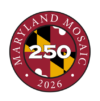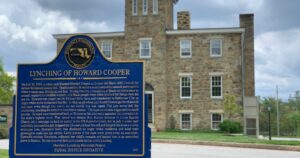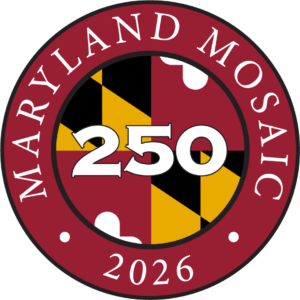Rembrandt Peale (1778-1860), artist and inventor from the first family of American artists, opens the first purpose-built U.S. museum in Baltimore just two months before a British invasion. His building is created as a “Museum and Gallery of Fine Arts.” The museum is short-lived, but in a successful attempt to attract visitors, Peale introduces gas light to the museum galleries in 1816, another first in Baltimore. The City is soon lighting its street lamps with gas.
The neglected building is sold to the city, becoming the city hall for several decades. It has many incarnations during the next 200 years, housing the first grammar and high “school for colored children,” the city water offices, a home to private businesses and the city museum. Today, the newly renovated Peale Center, Baltimore’s Community Museum, fosters local artists and storytellers who support the cultural legacy of Baltimore City.






